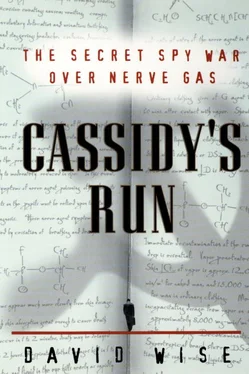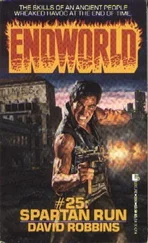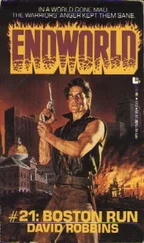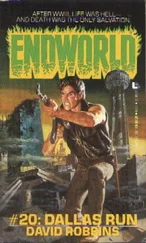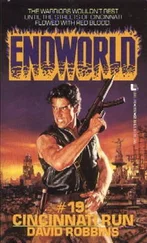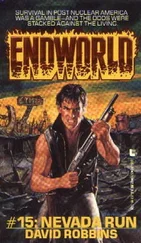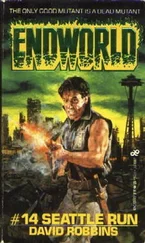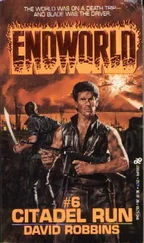“We think IXORA was set up just for Joe,” said one FBI man. The bureau’s experts speculated that the Soviets would not have risked having other agents telephone IXORA, for fear that if Freundlich or one of the other agents was detected, the entire network of spies would be jeopardized. Yet IXORA had received a cryptic call in December 1971 that might have been some sort of warning, though IXORA never knew the identity of the person who telephoned him.
Former agent Robert Loughney believed there had to be other IXORAS as well. “Our theory is IXORA was one of several people,” he said. “You have to assume they were not putting all their money on one horse.”
Jack Lowe agreed. “There might be other IXORAS. We did not know of any others, but based on our knowledge of their operations we had to think there would be.”
While it might seem incredible that there was a spy with IXORA’S singular mission, living inconspicuously in New York City during the cold war and simply waiting for the telephone to ring, it was not really surprising in retrospect. “It was at a time,” Lowe noted, “when the Soviet Union was deathly afraid of attack by the U.S.”
The initial questioning of Edmund Freundlich at the FBI office in Manhattan lasted for almost four hours. “We took him back home around eleven P.M.,” Lowe recalled.
Now that IXORA had begun to talk, the FBI met with him almost continuously. “There were three and a half months of very intensive discussions,” Lowe said. “We were trying to see him every other day.” Little by little, Freundlich’s motivation for becoming a spy, and the details of his recruitment, emerged. It was in Switzerland that he had first come to the attention of Russian intelligence.
“In the Swiss camps,” Jack Lowe said, “one person he met gave his name to the Russians and said, ‘This man might be of help to you.’ He [IXORA] was easily manipulated, and found it hard to say no to people who asked him for favors.
“When he returned to Vienna at the end of the war, the Soviets came to him and said, ‘We’d like you to deliver some letters, little things we can’t do for ourselves.’ He was receptive because the Communists had been kind to him. They paid him. And a big point in their favor—they weren’t Nazis.”
Freundlich was given espionage training before he came to America in 1968, and he also told the FBI he received additional training in the United States. He was shown how to leave signals, such as chalk marks on telephone poles, and how to fill and empty dead drops. He also had some minimal training in photography.
Before he left Vienna, he was given a tie by his Soviet handler in Austria. “He was to show up here wearing the tie, at one of the meeting sites,” Dan LeSaffre said. “That was the parol.”
Freundlich was not taken again to FBI headquarters in Manhattan, Lowe said. “We went to restaurants to meet him…. We went up to West Point one summer day and walked through the museum. We found a German restaurant nearby.
“We took a long weekend trip to Boston and toured Boston with him, solidifying the relationship.” All the while, IXORA was revealing more. “He identified to us close to fifty dead drops, locations, and meeting sites. Mostly in the Bronx, some in Brooklyn. He showed us the signal sites.”
In addition to waiting for a warning telephone call, IXORA also acted as a cutout, a conduit for letters. He told the FBI that when letters arrived at his apartment with a certain return address or other indicator, he delivered them to dead drops. In the jargon of Soviet intelligence, he was serving as a “dead letter box.”
One meeting site in front of a theater in Brooklyn was what the Soviets called IXORA’S “constant condition site”—a location where a spy was instructed to show up, usually once a year, to indicate he was still alive and well. [3] The procedure is also known within Soviet intelligence as giving “a sign of life.”
The FBI encouraged Freundlich to continue to go to the site, though now the bureau would be watching. “In his case, he was to go to the site on Thanksgiving Day and simply stand there for about ten minutes,” Lowe said. “A GRU guy would drive by and recognize him. To verify he was OK.” The bureau assumed that the Russians had chosen Thanksgiving Day on the theory that the FBI’s counterintelligence agents would be home eating turkey.
It fell to Dan LeSaffre, as one of the younger agents, to work on the holiday. “I covered the constant-condition site on several Thanksgivings because I was single at the time. We used a fixed location site, a Port Authority police office, catty-corner from the theater. A Jewish deli was open, and I went for corned beef or a hot dog. That was my Thanksgiving dinner.”
In late July or early August 1978, about two months after the first approach to IXORA, the FBI was able, with his help, to establish the identity of Freundlich’s GRU control. His name was Nikolai I. Alenochkin, and he was a Soviet intelligence officer undercover as first secretary and later counselor of the Soviet mission to the United Nations.
Alenochkin was identified through a photo lineup, Lowe said. The FBI agents met with IXORA in an Old Europe-style restaurant near his apartment and showed him a series of photographs. The bureau knew who the likely GRU illegal-support officers in the UN mission were.
Freundlich pointed to Alenochkin’s photo. He had, as it turned out, met him twice. “Alenochkin came to his house one night, and they went into the bathroom to talk and sat on the side of the tub with the water running in the tub and the sink.”
IXORA said he had also met Alenochkin at the constant-condition site in 1975 or 1976. Freundlich said he had not been active for two years and that it was at Alenochkin’s request that he had returned the radio to the Russians. His only assignment now was to appear in front of the theater every Thanksgiving Day.
Sheila W. Horan, then a young counterintelligence agent in New York, worked on the IXORA case and got to know Freundlich. “Jim, Dan, and I took him to dinner several times. Not interviewing him, just talking about his past. We wanted to maintain the relationship. He, Freundlich, liked Jim very much.
“He was the ultimate Caspar Milquetoast. He had no friends, just his brother and his nephew. He had no outside interests whatsoever. Work and home, that was it. The perfect spy. He was not vulnerable to anything. Nobody would look at him twice.” She paused and added, “He was a nice guy.” [4] Twenty years later, Sheila Horan, in Nairobi and wearing a white hard hat, became a familiar face to television viewers all over the world as head of the FBI team that investigated the August 7, 1998, terrorist bombings of the U.S. embassies in Kenya and Tanzania.
Within a few months, after giving Freundlich a polygraph test, the FBI was satisfied that IXORA had been turned. He did not ask to be paid in his new role as an American agent. “He lived very frugally,” Lowe said. “We’d slip him small amounts of money for expenses.”
By early fall, the agents offered no objections when IXORA said he planned to visit London. When he returned, he proudly presented two souvenir nail clippers to Lowe and LeSaffre. “On the handle of the nail clipper there is the insignia of the Queen’s Guards. He brought one to me and one to Dan. By which time he had told us a great deal.”
Unknown to his family and to the Russians, “Uncle Eddie,” the nondescript loner who commuted each workday to his low-level job at Pergamon Press, and who seemed to have no friends and no life, had just switched sides in the cold war. It was a triumph of quiet counterintelligence work by Kehoe, Lowe, and LeSaffre.
Without Joe Cassidy, of course, IXORA would never have surfaced. IXORA was an almost invisible man, an unremarkable man who would never be noticed in a crowd, who had escaped the Nazis, and whose mission in life was to climb up on a rock in Central Park and, if that dreadful day ever came, signal the start of World War III.
Читать дальше
